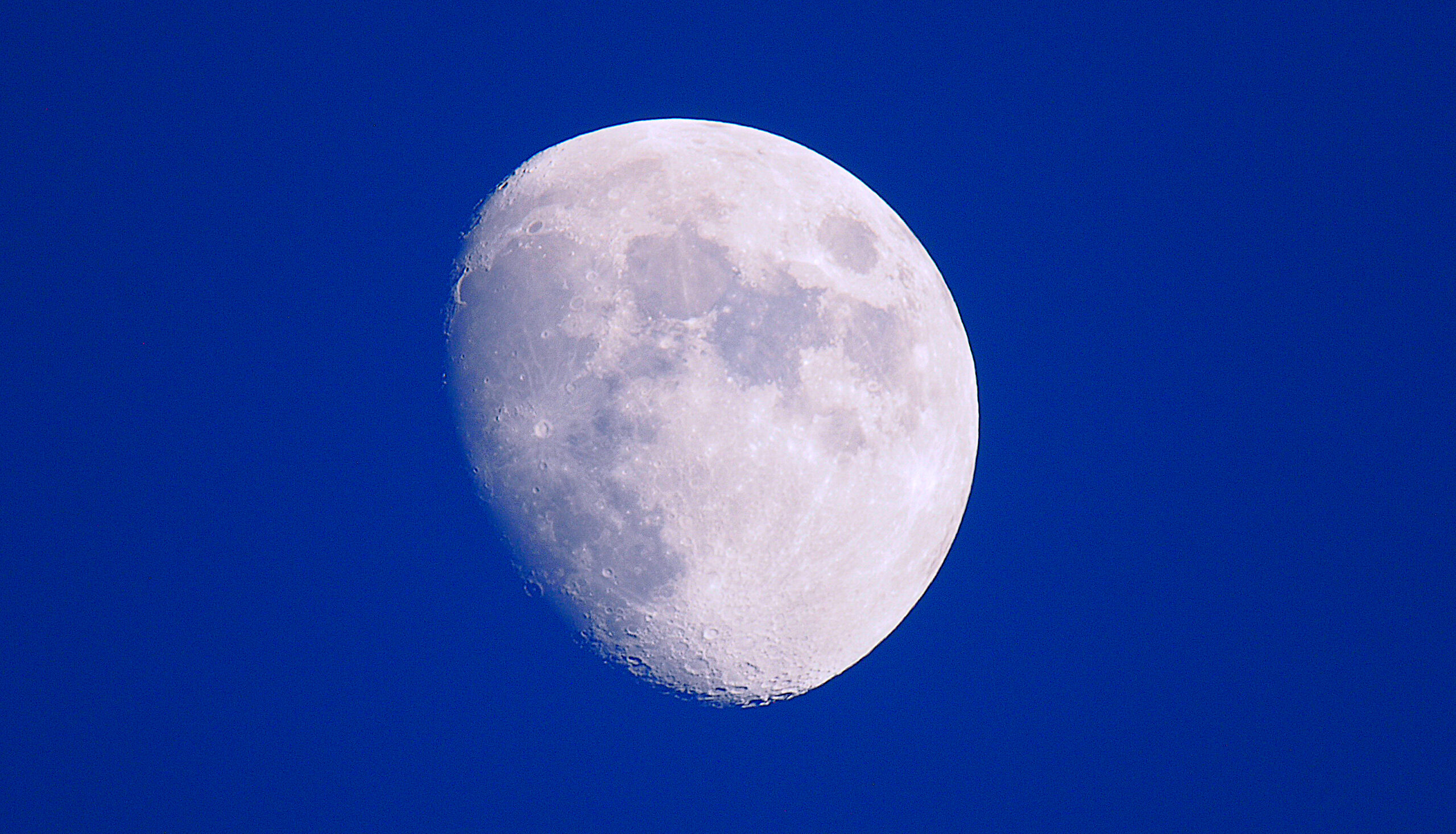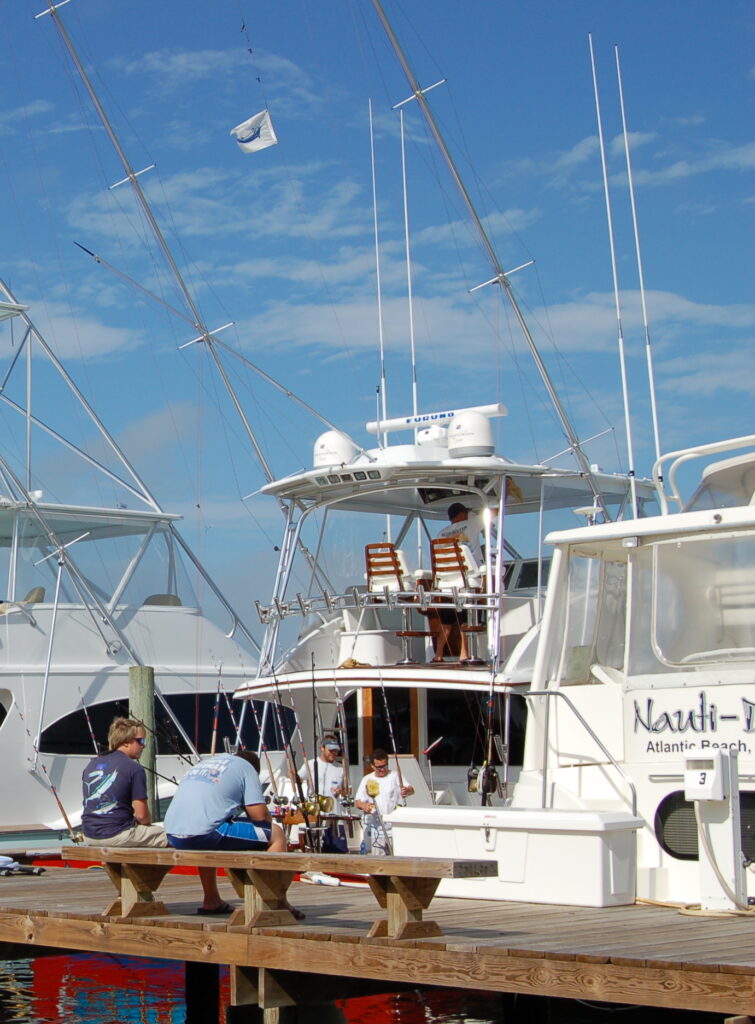Does the Moon Affect Offshore Tournament Catch Rates?

Yes — and moon phase influences some gamefish more than others.
Last year, I captured this image of the moon during mid-afternoon. It reminded me that the phase of the moon can have an impact on anglers’ catch rates.
I dug into the archives to pull out this popular and still often-cited research study. It may be a little dated by fisheries science standards, but readers take heart: Many of the gamefish examined occur throughout the world, and scientists can predict the movements of the moon and earth for at least another 50 million years!

Research Need
Competitive anglers will use any tool or information available to catch more fish — or, in the case of offshore fishing tournaments, to catch more fish than the next boat catches.
Environmental signals can and do alter the behavior of wildlife, including fish. Perhaps the most consistent environmental signal is the lunar calendar (new moon to new moon, 29.5 days). But, most fisheries work has revealed that catch rates and lunar phase are often species-specific.
Furthermore, most of the research has focused on commercial fisheries. Compared to marine recreational fisheries, large quantities of high-quality landings records offer scientists easy access to data on a much larger scale.
But, fear not recreational anglers. There is another a venue where high-quality angler catch records exists —as part of almost every highly regulated (and often financially incentivized) offshore sportfish tournament.
What did they study?
Scientists collected anglers’ “catch-per-unit-effort records” from 145 offshore fishing tournaments in New South Wales, Australia, during a 9-year consecutive period. They separated their analyses by different types of tournaments (e.g., shark or marlin), given the differences in fishing practices, and cross-checked them with the moon phase.
The research focused on eight popular gamefish: black marlin, blue marlin, striped marlin, blue shark, shortfin mako shark, tiger shark, yellowfin tuna, and dolphin fish. Incidentally, the black and striped marlin are the only two of these species not found in the Atlantic Ocean off North Carolina.
What did they find?
Scientists found a relationship between catch rates and lunar phase for 5 of the 8 species as shown below. Note that researchers determined no significant trends for blue marlin, striped marlin, and tiger shark.
| SPECIES | MOON PHASE WITH THE HIGHEST CATCH RATES |
| Black marlin | between full moon and last quarter |
| Blue marlin | (no relationship) |
| Striped marlin | (no relationship) |
| Blue shark | new moon |
| Shortfin mako shark | first quarter |
| Tiger shark | (no relationship) |
| Yellowfin tuna | first quarter |
| Dolphin fish | first quarter |
Anything else?
This was a large dataset, representing 145 tournaments, 381 fishing days, and 14,319 total fish. The majority of of these fish were marlins (43%), yellowfin tuna (27%), and dolphin fish (17%).
What should anglers know?
The scientists speculated that the species’ prey (baitfish) also moved in association with lunar cycles, although they did not test for this in the study.
In addition, the differences in observed catch rates by species could be due to biology. For example, some species may be able to pursue and capture prey during more segments of the lunar cycle than others.
Reading
Lowry, Michael, Danielle Williams and Yola Metti. 2007. Lunar landings—Relationship between lunar phase and catch rates for an Australian gamefish-tournament fishery. Fisheries Research. Volume 88, Issues 1–3, December 2007, Pages 15-23. https://doi.org/10.1016/j.fishres.2007.07.011
The NSW Department of Primary Industries and the NSW Recreational Fishing Trust provided funding for this study.
Summary compiled by Scott Baker
Photos by Scott Baker
The text from Hook, Line & Science is available to reprint and republish, but only in its entirety and with this attribution: Hook, Line & Science, courtesy of Scott Baker and Sara Mirabilio, North Carolina Sea Grant. HookLineScience.com



